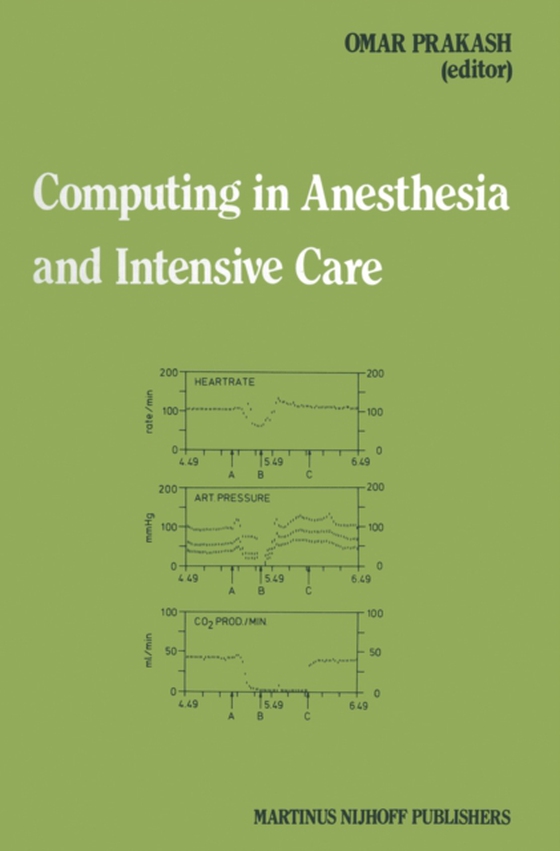
Computing in Anesthesia and Intensive Care e-bog
436,85 DKK
(inkl. moms 546,06 DKK)
There is a tendency of an increasing number of signals and derived variables to be incorporated in the monitoring of patients during anesthesia and in intensive care units. The addition of new signals hardly ever leads to thedeletion of other signals. This is probably based on a feeling of insecurity. We must realize that each new signal that is being monitored brings along its cost, in terms o...
E-bog
436,85 DKK
Forlag
Springer
Udgivet
6 december 2012
Genrer
MKPL
Sprog
English
Format
pdf
Beskyttelse
LCP
ISBN
9789400967472
There is a tendency of an increasing number of signals and derived variables to be incorporated in the monitoring of patients during anesthesia and in intensive care units. The addition of new signals hardly ever leads to thedeletion of other signals. This is probably based on a feeling of insecurity. We must realize that each new signal that is being monitored brings along its cost, in terms of risk to the patient, investment and time. It is therefore essential to assess the relative contribution of this new signal to the quality of the monitoring process; i. e. given the set of signals already in use, what is the improvement when a new signal is added? Beyond a certain point the addition of new information leads to new uncertainty and degrades the result (Ream, 1981) In the diagnostic process, it is possible to evaluate "e;result"e; in an objective, qualitative way. The changes in the sensitivity and specificity of the diagnosis as a result of the addition or deletion of a certain variable can be calculated on the basis of false negative, false positive, correct negative and false negative scores. Different methods for multiple regression analysis have been implemented on computers (Gelsema, 1981) which can support such decision processes. In monitoring, the situation is much more complex. Many definitions of monitoring have been given; the common denominator is that monitoring is a continuous diagnostic process based upon a (semi)continuous flow of information. This makes simple assessment methods useless.
 Dansk
Dansk

